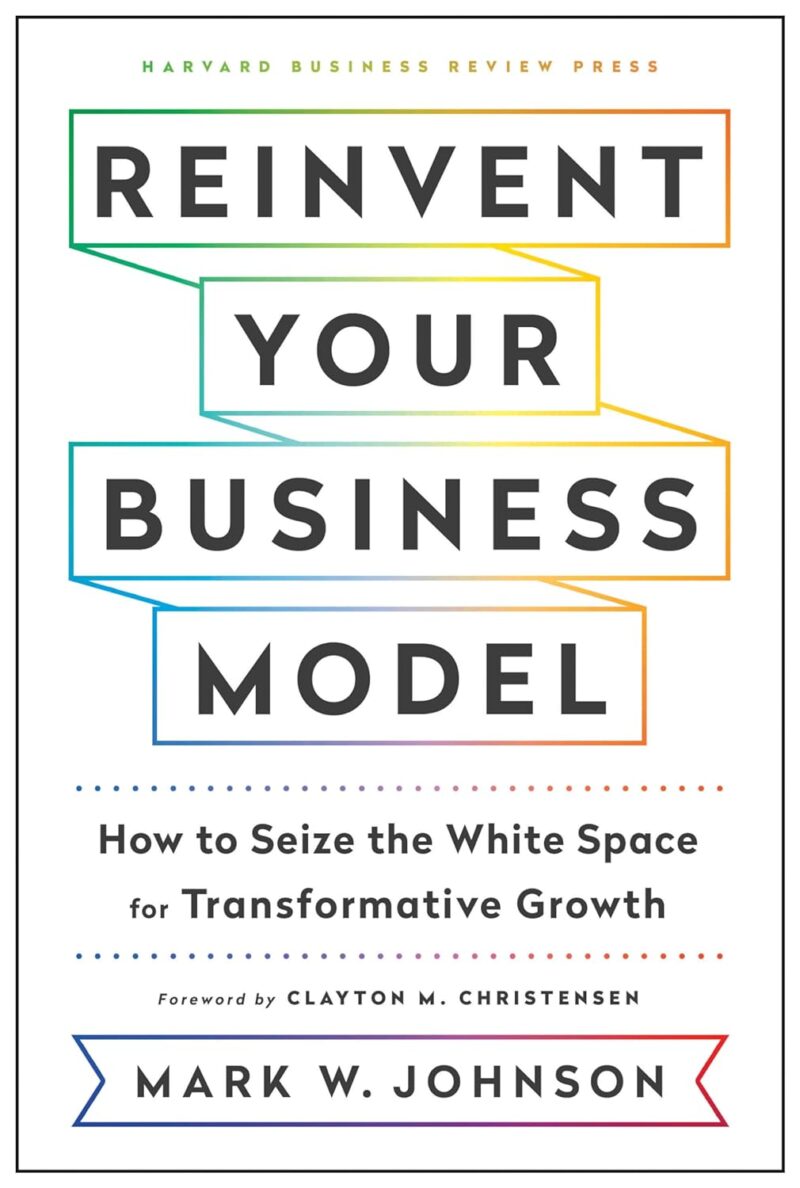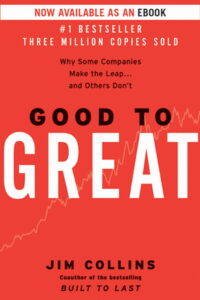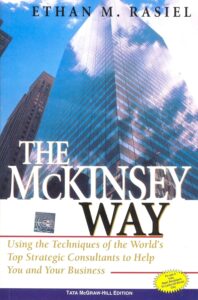How to Seize the White Space for Transformative Growth
This book offers a comprehensive guide on reinventing business models, focusing on seizing opportunities in unexplored markets for transformative growth and sustainability.
Subjects: Business Models
“Reinvent Your Business Model: How to Seize the White Space for Transformative Growth,” authored by Mark W. Johnson, is a seminal work in the domain of business model innovation. The book stands out for its detailed approach to exploring how companies can thrive by reinventing their business models, particularly focusing on exploiting uncharted market territories or ‘white spaces.’ This review aims to dissect the core ideas presented in the book, evaluate its strengths and limitations, and draw comparisons with other notable works in the field.
Johnson begins by defining ‘white space’ as the range of potential activities not defined or addressed by the company’s current business model – essentially, opportunities for innovation that are off the beaten path. This concept is crucial as it challenges businesses to think beyond their existing structures and markets. The author argues that the most significant opportunities for growth often lie in these unexplored areas, and that businesses must be willing to venture into them to achieve transformative growth.
The book is structured in a way that guides the reader through the entire process of business model innovation. It starts with identifying the white space opportunities and then moves into developing and implementing a new business model to exploit these opportunities. Johnson emphasizes the importance of understanding customer needs and aligning the business model to meet these needs in a way that creates value for both the customer and the business.
One of the book’s major strengths is its use of real-world examples to illustrate its concepts. Johnson draws on case studies from companies like Apple, Amazon, and Netflix, which have successfully reinvented their business models. These examples not only make the material more relatable but also demonstrate the practical application of the theories presented.
Furthermore, the book offers a detailed framework for developing new business models, which includes tools and strategies for understanding customer needs, mapping out the value chain, and identifying revenue models. This framework is both practical and adaptable, making it a valuable resource for businesses of all sizes and sectors.
However, the book does have some limitations. One notable aspect is its heavy reliance on success stories from large, well-established companies. While these examples are instructive, they may not always resonate with small or medium-sized businesses or startups that do not have the same resources or market influence. Additionally, the book could benefit from a deeper exploration of the challenges and risks associated with business model innovation, providing a more balanced view of the process.
Comparatively, “Reinvent Your Business Model” shares similarities with other influential books in the genre, like “Business Model Generation” by Alexander Osterwalder and Yves Pigneur, which also offers tools and frameworks for business model innovation. However, Johnson’s book delves deeper into the strategic aspect of identifying and exploiting new market opportunities, which sets it apart.
In conclusion, “Reinvent Your Business Model” is a valuable resource for business leaders, entrepreneurs, and strategists seeking to understand and leverage the power of business model innovation. Its comprehensive approach, combined with real-world examples and practical frameworks, makes it a noteworthy addition to the literature on business strategy and innovation. While it may lean heavily on examples from large corporations, its core principles are broadly applicable across different business contexts.
For readers who found this book insightful, I would recommend “Blue Ocean Strategy” by W. Chan Kim and Renée Mauborgne, which explores the concept of creating new market spaces (blue oceans), and “The Lean Startup” by Eric Ries, which focuses on innovative strategies for startups.
Also refer Book Review: Seizing the white space business model




